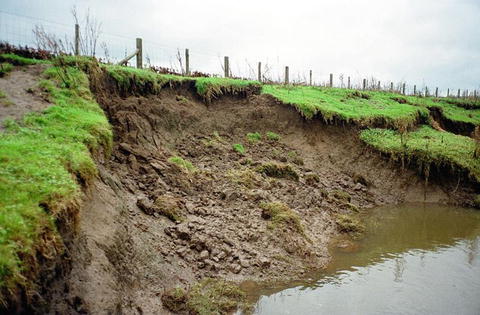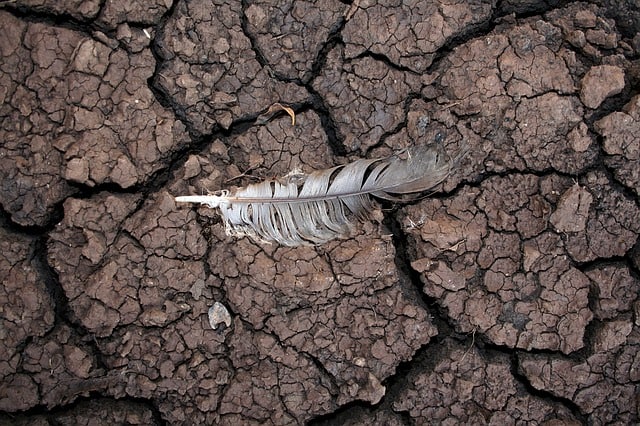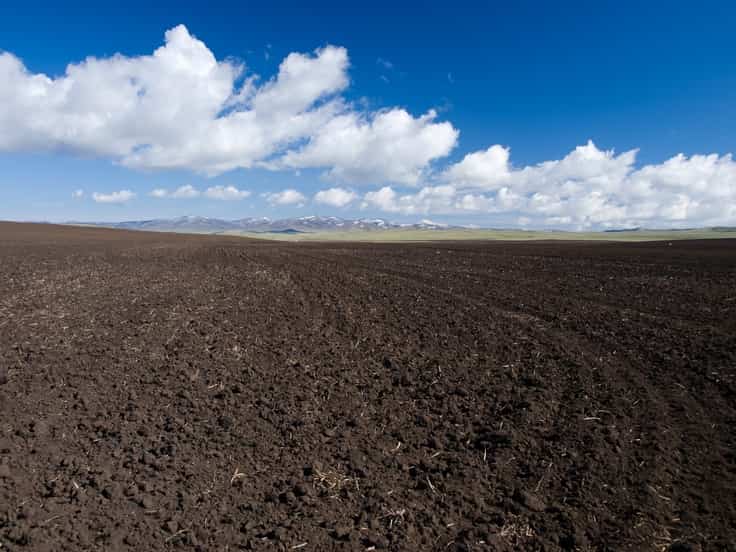Over many years, human-induced soil erosion and accompanying damage to all agricultural land have resulted in the abandonment of important agricultural land and lower productivity of the remaining land, which is somewhat compensated by the injection of nitrogen and phosphate fertilizers.
The condition could worsen to the point where the land can no longer be farmed and must be abandoned. Due to mismanagement of land and natural resources, many agricultural civilizations have fallen, and the history of such civilizations serves as a valuable reminder to safeguard our natural resources.

Causes Of Soil Erosion
Erosion is a critical issue for both productive agricultural land and worries about water quality. To improve water and soil quality, sediment control must be an inherent aspect of any soil management system. Eroded topsoil can be carried into streams and other waterways by wind or water.
Sediment is a byproduct of land erosion, originating mostly from upland sheet and rill erosion. Soil erosion by water occurs when rainfall intensity exceeds the rate of soil intake, or infiltration rate, resulting in a soil-surface runoff on a bare-sloped soil surface.

Soil erosion can take two forms:
1) detachment of soil particles caused by raindrop impact, splash, or flowing water
2) transport of detached particles caused by splash or flowing water.
Thus, The fundamental goal of erosion control is to reduce the influence of water or wind forces. Deforestation is also one of the primary causes of soil erosion. Slash-and-burn has become a common way of clearing forest regions, often for agricultural use, despite the fact that it is extremely harmful to the ecosystem.
However, by removing the trees whose roots helped hold the soil together and whose leaves protected the soil from heavy rains, this practice exposes areas to soil erosion. Soil erosion can also be caused by agricultural practices.
Grazing animals can cause this effect by consuming the plants that cover the topsoil, exposing it to the elements, and churning it up by pacing back and forth across its surface.
How It Hinders Productivity
According to studies, soil erosion causes roughly 10 million hectares of land to be abandoned each year due to a lack of crop output. Some regions are affected more than others, with Africa, Asia, and South America losing 30 to 40 hectares per year on average.
This means that decreasing crop yields and failing farms pose a threat to food security in these areas. This effect is exacerbated in poorer areas, where farmers frequently choose to grow row crops, which are more vulnerable to the impacts of soil erosion, placing them at greater risk.

According to estimates, up to 80% of the world’s agricultural land is eroding at moderate or severe levels. Furthermore, practically all human food comes from the land, with land accounting for 99.7% of food calories and marine habitats accounting for only 0.3 percent.
This emphasizes the critical importance of safeguarding the land where food is grown in order to avoid a food catastrophe.
Solution?
Maintaining a permanent surface cover on the soil surface, such as pasture or meadow, is the most effective strategy to control erosion. As a result, soil conservation strategies should be considered in regions that are particularly vulnerable to water or wind erosion.
Plant residue management is another method of preventing soil erosion by absorbing raindrops and lowering surface runoff, as well as protecting soil surface particle detachment from raindrop contact.

Crop residue can improve soil water intake by avoiding soil surface sealing due to raindrop impact, provide an excellent soil cover after harvest, and boost snow harvesting during the off-season.
However, because the soil is eroding at rates 10 to 40 times faster than it is being replaced, it is critical to address the causes of soil erosion in order to reduce the negative consequences on agriculture.
Also Read: Seed Development In India











